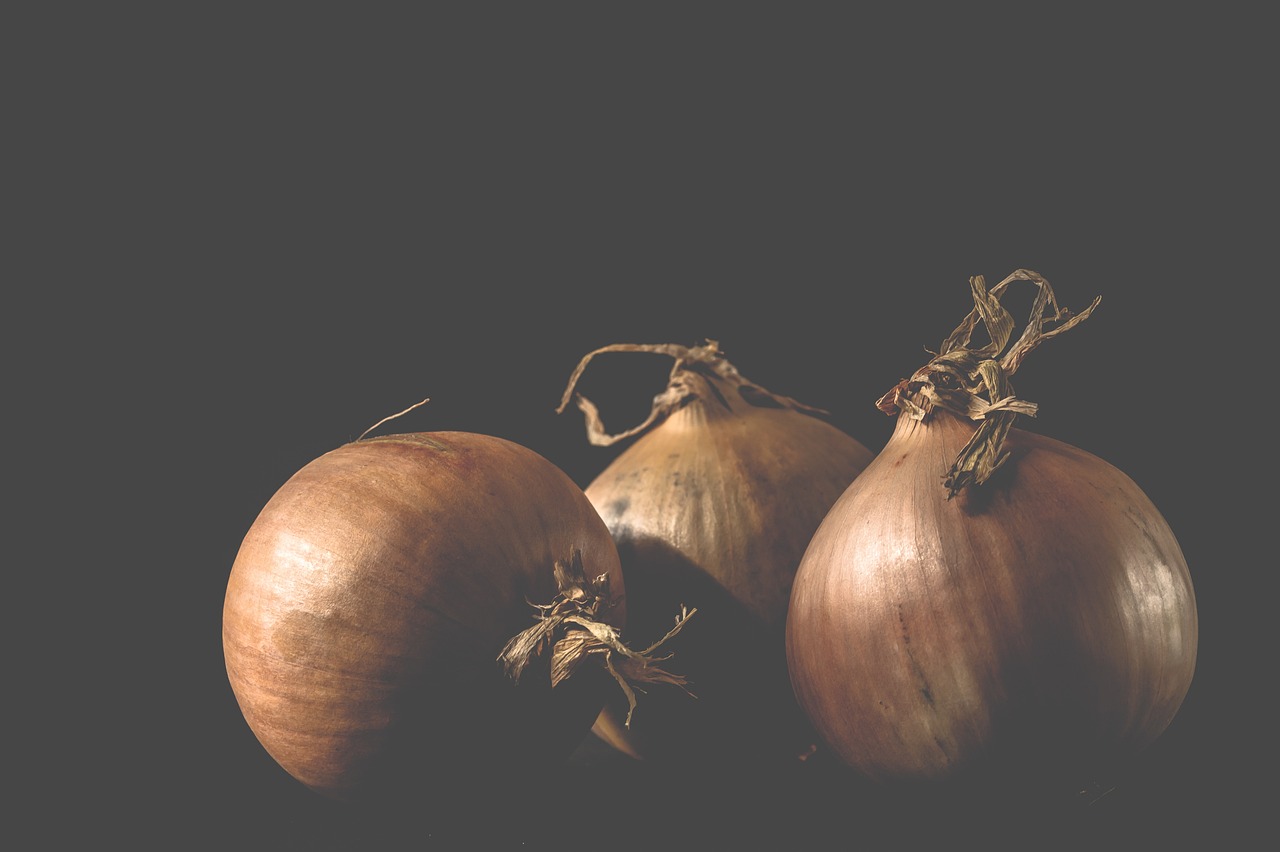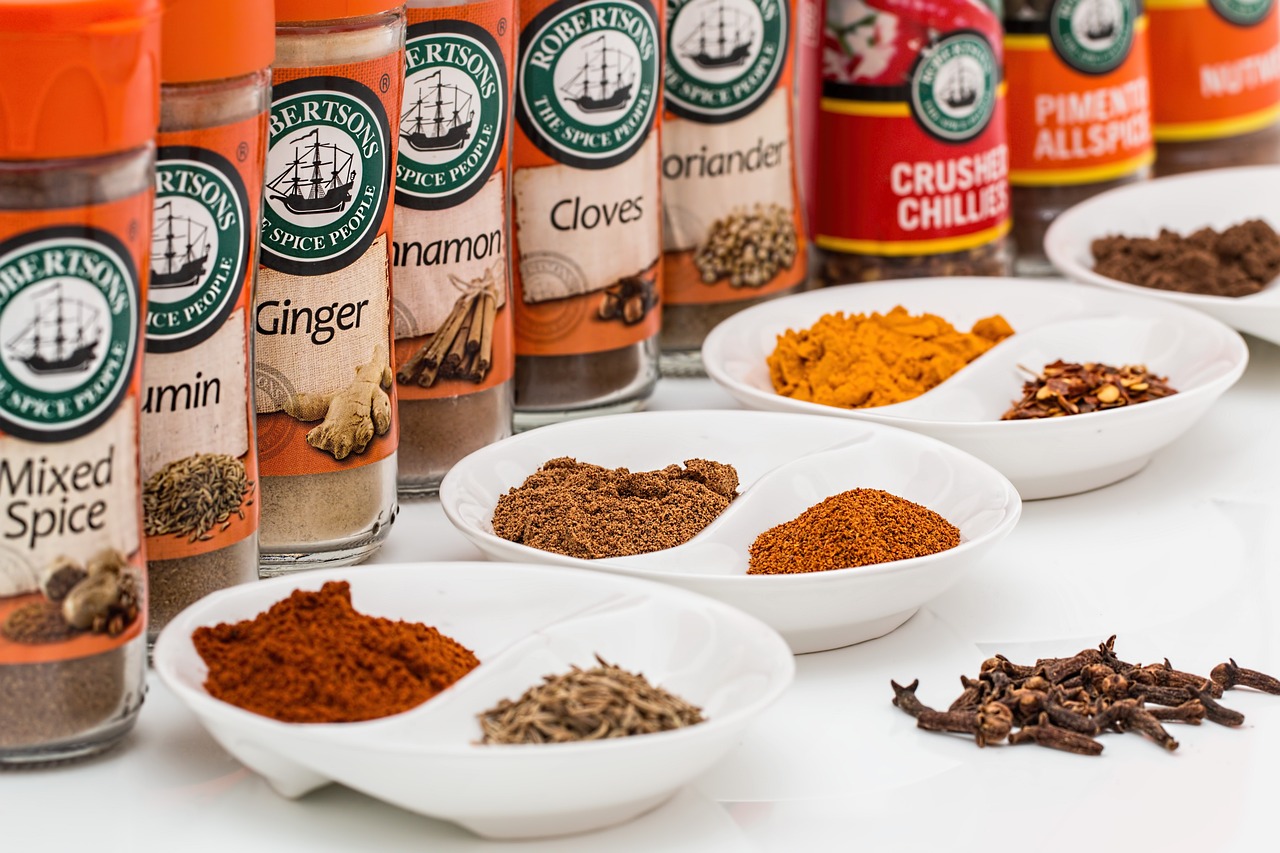Many vegetables develop a sweeter, more complex flavor after experiencing frost. This transformation occurs as the cold weather prompts plants to produce sugars, enhancing their taste. Notable examples include carrots, kale, and Brussels sprouts, all of which gain unique flavors post-frost.
As the gardening season winds down, many gardeners begin to wonder about the effects of frost on their crops. Frost can be both a friend and foe to plants. While it can damage some tender varieties, for many hardy vegetables, a light frost is an invitation to produce more sugars. This process not only protects the plant from cold but also improves its flavor profile.
Understanding the science behind this phenomenon can help gardeners optimize their harvests. When temperatures drop, plants respond by converting starches into sugars. This conversion ensures that the cells remain hydrated and prevents damage from freezing temperatures. As a result, vegetables that have been exposed to frost often taste sweeter and more flavorful than their unfrosted counterparts.
Key Vegetables That Benefit from Frost

Several vegetables are particularly known for their enhanced taste after frost. Here are some of the most surprising ones:
- Carrots: These root vegetables become significantly sweeter after frost, making them ideal for winter harvesting.
- Kale: The leaves of kale can become tender and flavorful after exposure to frost, often becoming less bitter.
- Brussels Sprouts: Frost can transform the taste of these little cabbages, making them sweeter and more palatable.
- Parsnips: Similar to carrots, parsnips develop a rich sweetness after frost, enhancing their natural flavors.
- Swiss Chard: Frost can soften Swiss chard’s leaves and enhance its sweetness.
Each of these vegetables not only improves in flavor but also offers a variety of nutritional benefits. Eating these frost-touched vegetables can contribute to a healthy diet rich in vitamins and minerals.
The timing of the first frost varies widely across different regions. Gardeners need to keep track of local weather conditions and be prepared to harvest these vegetables just before or shortly after the frost hits. This timing can maximize flavor and texture, making meals during the colder months more enjoyable.
The Science Behind Frost’s Effect
To grasp why frost enhances flavors, it is important to understand how plants react to cold temperatures. When exposed to frost, plants initiate several biochemical processes:
- Sugar Production: As mentioned earlier, plants convert starches into sugars which protect them from freezing.
- Cell Structure Maintenance: The increased sugar content helps maintain cell structure by preventing ice crystals from forming inside the cells.
- Flavor Profile Changes: The balance of sugars and other compounds changes, resulting in a sweeter taste.
This biochemical response is not limited to just one type of vegetable. Many cold-tolerant crops exhibit this behavior. Although some gardeners might feel discouraged by the arrival of frost, it is reassuring to know that for many vegetables, it signals a time for harvesting the sweetest flavors.
| Vegetable | Flavor Change After Frost |
|---|---|
| Carrots | Increased sweetness |
| Kale | Less bitterness |
| Brussels Sprouts | Enhanced sweetness |
| Parsnips | Rich sweetness |
| Swiss Chard | Softer and sweeter |
This knowledge allows home cooks and gardeners alike to appreciate the nuanced changes in flavor that frost can bring. Embracing these changes can lead to more flavorful dishes during the colder months.
Harvesting Techniques for Frost-Touched Vegetables
When it comes to harvesting vegetables that taste better after frost, timing and technique are crucial. Proper harvesting ensures that you maximize flavor while maintaining the quality of the produce. Here are some effective strategies for harvesting these vegetables:
- Timing Your Harvest: Wait until after the first frost to harvest vegetables like carrots and kale. The frost enhances their sweetness, making them more enjoyable to eat.
- Morning Harvesting: Early morning is the best time to harvest frost-affected vegetables. The cool temperatures help preserve their crispness and flavor.
- Avoiding Damage: Use a spade or fork to gently lift root vegetables from the ground. Pulling them directly can damage the roots.
- Handling with Care: After harvesting, handle vegetables gently to avoid bruising. Bruised vegetables can spoil quickly and lose their enhanced flavors.
Storing Frost-Enhanced Vegetables
Once harvested, proper storage is essential to maintain the improved flavors and nutritional benefits of frost-touched vegetables. Here are some tips for storing these vegetables effectively:
- Cool and Dark Environment: Store most root vegetables in a cool, dark place, such as a basement or cellar. This helps preserve their moisture and flavor.
- Avoid Excess Moisture: Excess moisture can lead to rot. Keep vegetables dry before storing, and use breathable containers like burlap sacks or wooden crates.
- Refrigeration for Leafy Greens: Store leafy greens like kale in the refrigerator. Place them in a plastic bag with a damp paper towel to maintain humidity.
- Check Regularly: Regularly inspect stored vegetables for signs of spoilage. Remove any damaged items to prevent them from affecting the others.
Culinary Uses for Frost-Touched Vegetables
The improved flavor of vegetables after frost opens up a world of culinary possibilities. Here are some delicious ways to incorporate these enhanced vegetables into your meals:
- Roasting: Roasting root vegetables like carrots and parsnips brings out their natural sweetness. Toss them with olive oil, salt, and herbs before roasting for an aromatic dish.
- Soups and Stews: Incorporate frost-enhanced vegetables into hearty soups and stews. The flavors deepen with cooking, making for comforting winter meals.
- Salads: Use kale and Swiss chard in salads. Their sweetness pairs well with vinaigrettes or creamy dressings.
- Purees and Mash: Create smooth purees or mashes from parsnips and carrots as a delicious side dish.
Nutritional Benefits of Frost-Enhanced Vegetables
In addition to improved flavors, frost-touched vegetables also offer various nutritional benefits. Eating these vegetables can contribute positively to your health:
- Rich in Vitamins: Many frost-touched vegetables are high in vitamins A, C, and K, which support immune function and skin health.
- High Fiber Content: Root vegetables provide dietary fiber, aiding digestion and promoting a healthy gut.
- Antioxidant Properties: Vegetables like kale and Brussels sprouts are rich in antioxidants that help combat oxidative stress in the body.
The transition in flavor from frost exposure not only enhances culinary experiences but also enriches the nutritional value of these vegetables. Incorporating them into your winter diet can lead to a healthier lifestyle while enjoying the unique tastes they offer.
Expanding Your Garden for Frost-Tolerant Varieties

If you are interested in growing your own frost-tolerant vegetables, consider expanding your garden with these varieties. Here are some recommendations for gardeners looking to enhance their winter harvests:
- Hardy Greens: In addition to kale, consider planting collard greens and mustard greens. Both thrive in cooler temperatures.
- Root Vegetables: Expand your selection by adding beets and turnips, which also develop sweeter flavors after frost.
- Cabbage Family: Other members of the cabbage family, like kohlrabi and savoy cabbage, also benefit from cold weather.
- Herbs: Some herbs like parsley can withstand frost and may even taste better after exposure to cold.
By diversifying your garden with these frost-tolerant vegetables, you can enjoy a longer growing season and flavorful produce throughout the winter months. Proper planning and care can lead to bountiful harvests that delight your taste buds during colder weather.

Seasonal Recipes Featuring Frost-Touched Vegetables
With the arrival of frost, it’s time to embrace the unique flavors of winter produce in your cooking. Using frost-touched vegetables can elevate your meals, providing both nutrition and taste. Here are some seasonal recipes that highlight these delightful ingredients:
Warm Kale and Quinoa Salad
This hearty salad combines the sweetness of kale with protein-rich quinoa, making it a perfect winter dish.
- Ingredients:
- 2 cups of chopped kale (preferably frost-kissed)
- 1 cup cooked quinoa
- 1/4 cup dried cranberries
- 1/4 cup feta cheese, crumbled
- 1/4 cup walnuts, chopped
- 3 tablespoons olive oil
- 2 tablespoons balsamic vinegar
- Salt and pepper to taste
- Instructions:
- In a large bowl, combine the chopped kale with olive oil. Massage the kale for a couple of minutes to soften it.
- Add the cooked quinoa, cranberries, feta cheese, and walnuts to the bowl.
- Drizzle with balsamic vinegar and season with salt and pepper. Toss well to combine.
- Let the salad sit for about 10 minutes before serving to allow the flavors to meld.
Roasted Root Vegetable Medley
This colorful dish features a variety of root vegetables that become sweeter with frost exposure, providing a comforting side or main dish.
- Ingredients:
- 3 medium carrots, peeled and chopped
- 2 parsnips, peeled and chopped
- 2 medium beets, peeled and chopped
- 1 medium sweet potato, peeled and chopped
- 3 tablespoons olive oil
- 1 teaspoon dried thyme
- Salt and pepper to taste
- Instructions:
- Preheat the oven to 425°F (220°C).
- In a large bowl, toss the chopped vegetables with olive oil, thyme, salt, and pepper.
- Spread the vegetables in a single layer on a baking sheet.
- Roast for 30-35 minutes or until tender and caramelized, stirring halfway through.
Brussels Sprouts with Balsamic Glaze
This simple yet flavorful recipe highlights Brussels sprouts’ transformation after frost exposure.
- Ingredients:
- 1 pound Brussels sprouts, halved
- 2 tablespoons olive oil
- Salt and pepper to taste
- 1/4 cup balsamic vinegar
- 2 tablespoons honey or maple syrup (optional)
- Instructions:
- Preheat the oven to 400°F (200°C).
- Toss the halved Brussels sprouts with olive oil, salt, and pepper on a baking sheet.
- Roast for 20-25 minutes until golden brown and crispy.
- In a small saucepan, combine balsamic vinegar and honey or maple syrup. Simmer until thickened.
- Drizzle the balsamic glaze over the roasted Brussels sprouts before serving.
The Role of Frost in Vegetable Flavor Development
The transformative role of frost in enhancing vegetable flavor is truly remarkable. Several factors contribute to how frost affects taste:
- Sugar Accumulation: As temperatures drop, plants convert starches into sugars. This process not only sweetens the vegetables but also enhances their overall flavor complexity.
- Amino Acid Changes: Frost can alter amino acid profiles in plants, leading to changes in bitterness and umami flavors. These alterations contribute to a more balanced taste when cooked.
- Pigment Development: Cold weather can stimulate the production of pigments in vegetables. These pigments aren’t just for color; they often enhance flavor as well.
- Texture Improvement: The exposure to frost can also affect textural qualities. Vegetables may become more tender or develop a crispness that enhances their appeal in various dishes.
Cultural Practices Around Frost Harvesting

Cultures around the world have embraced the practice of harvesting frost-touched vegetables. These traditions highlight not only culinary practices but also agricultural knowledge passed down through generations:
- Winter Festivals: Many cultures celebrate harvest festivals in winter, showcasing dishes made from frost-sweetened vegetables.
- Culinary Traditions: In regions where frost is common, traditional recipes often emphasize the use of these vegetables during colder months, ensuring they are featured in family meals.
- Sustainable Practices:</
Impact of Climate on Frost-Touched Vegetables
The impact of climate on the flavor profile of frost-touched vegetables is an essential consideration for gardeners and chefs alike. Different regions experience varying frost conditions, which can influence the sweetness and flavor development of these vegetables:
- Temperature Variations: In milder climates, frost may not occur until later in the season, which can affect the timing of sugar accumulation in vegetables. Conversely, regions with early frosts might experience more pronounced flavor changes.
- Soil Composition: The quality of soil can also impact how vegetables respond to frost. Nutrient-rich soils often produce more flavorful vegetables, as healthy plants are better equipped to handle temperature changes.
- Humidity Levels: Humidity can play a role in how frost affects flavor. Higher humidity levels can prevent rapid cooling, while lower levels might lead to quicker temperature drops, affecting the plants’ biochemical processes.
Understanding these factors can help gardeners optimize their planting and harvesting strategies to enhance the flavors of their crops. By choosing appropriate planting times and preparing for frost, they can maximize the benefits of frost exposure.
Frost and Vegetable Preservation Techniques
Frost-touched vegetables not only bring delightful flavors but also lend themselves well to various preservation methods. Here are some techniques to keep these seasonal treasures available long after the frost has passed:
- Canning: Many frost-enhanced vegetables can be canned, allowing you to enjoy their flavors throughout the year. Make sure to follow safe canning practices to preserve their taste and nutritional value.
- Freezing: Freezing is a popular method for preserving vegetables like kale and Brussels sprouts. Blanching them before freezing helps maintain color, texture, and flavor.
- Fermentation: Fermenting frost-touched vegetables like carrots and kale can create unique flavors while also enhancing their nutritional profiles through probiotics.
- Drying: Dehydrating root vegetables can provide a concentrated flavor that adds depth to soups and stews during the off-season.
By employing these preservation methods, you can extend the enjoyment of frost-touched vegetables beyond their growing season, making them a versatile addition to your pantry.
Final Thoughts
The transformative effect of frost on vegetables is both fascinating and practical for anyone interested in gardening or cooking. Vegetables such as carrots, kale, Brussels sprouts, parsnips, and Swiss chard showcase how exposure to cold can elevate flavors and enhance nutritional benefits.
Understanding how to harvest, store, and cook these vegetables allows you to fully appreciate their unique qualities. Incorporating frost-touched vegetables into your meals not only supports a healthy diet but also enhances culinary experiences during the colder months.
Culturally, the celebration of frost-harvested crops highlights the importance of seasonal eating and traditional practices. By embracing these traditions, we connect with our agricultural roots and foster a deeper appreciation for the food we consume.
As climate patterns continue to evolve, keeping informed about how these changes affect our crops will be vital. Whether you are a gardener, a home cook, or simply someone who enjoys exploring seasonal produce, understanding the surprising flavors that frost can bring will enrich your culinary journey.
Ultimately, frost-touched vegetables remind us of nature’s ability to adapt and surprise. By taking advantage of this seasonal gift, we can enjoy a diverse array of flavors while promoting sustainable practices in our kitchens and gardens.
